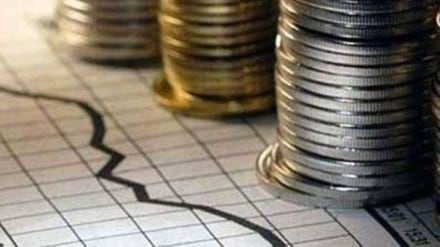The net financial savings of India’s households fell to a five-year low of Rs 14.2 trillion in FY23, from Rs 17.1 trillion the previous year, according to data from the ministry of statistics. This was the result of a big 73% jump in financial liabilities; the increase in savings was modest. The fall can be explained by a shift from financial to physical assets such as real estate and gold. This could be considered a natural trend as an economy evolves and disposable incomes grow. While data for recent quarters indicates housing credit is not a large part of the total loans disbursed, it is possible consumers have used some of their past savings to buy property. The finance ministry’s view is that real estate loans and vehicle loans, which are collateralised, constitute 62% of the overall personal loans. So, there is little cause for alarm.
Again, the fact that the household liabilities went up sharply must be seen in the context of larger access to formal credit. This is reflected in the high share of “bank advances” within the total liabilities. Given the proliferation of lenders over the past decade, this is not surprising. Experts point out that India’s household debt to GDP ratio, which is around 39%, is not unmanageable in the global context. The debt levels must be viewed against the debt servicing ratio or the ability of borrowers to repay the loans. Estimates from the Reserve Bank of India (RBI) reveal that, at about 6.7 for the country as a whole, this is within manageable limits.
Some argue that the rising liabilities may have to do with distress caused during the pandemic. This could account for some part of the increase but it is a fact that consumers today are leveraging more to buy goods and services. If these customers are credit-worthy, there should be no issue. However, there is evidence that some consumers are stretching themselves because lenders are offering credit on attractive terms. The problem, as the central bank has also found, is that some of them are accessing credit from multiple lenders. Others are using loans from one bank to pay off dues to another. To be sure, these are small-ticket loans and the total quantum of such credit accounts only for a small share of total system loans. So it can be safely assumed that some stress that is building up poses no systemic risk.
The worry, however, is that gross household savings — the total of financial and physical assets — as a share of GDP is coming down. In FY23, gross savings as a share of GDP was about 18.4%, lower than 19.1% pre-pandemic and 20.3% in FY19. In fact, the growth in gross household savings in FY23 was just 4.7%, slower than the growth in the nominal GDP of 14.2%. While many argue this is the result of consumers having become more aspirational, a counterpoint to this line of thinking is that inflation has eaten into savings. In other words, consumers are spending more to maintain their lifestyles and purchase the same basket of goods at a time when inflation is high because their incomes are not rising fast enough. In fact, private final consumption expenditure grew at just 6.8% in FY23. That gross savings as a share of GDP is falling cannot be a good trend, though it is by no means a big concern.
